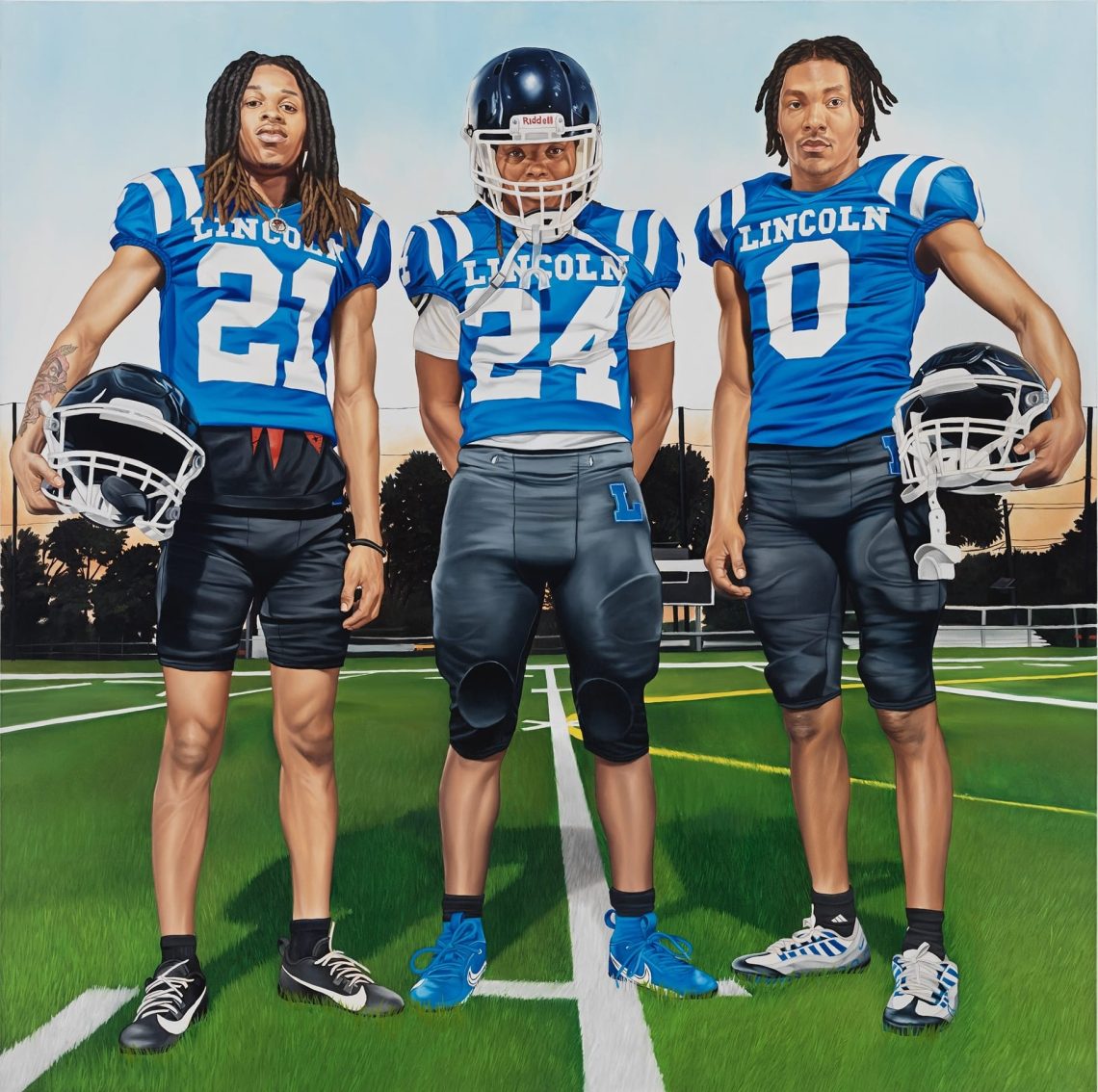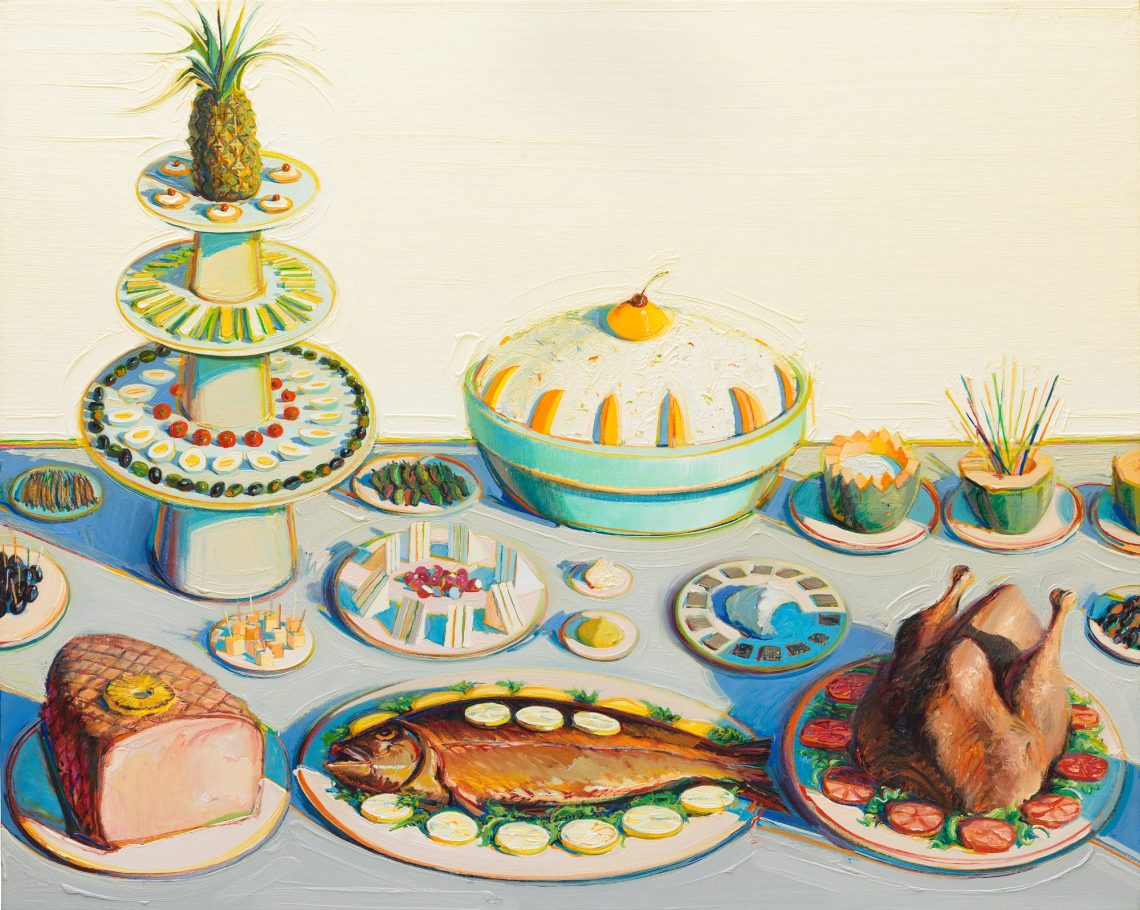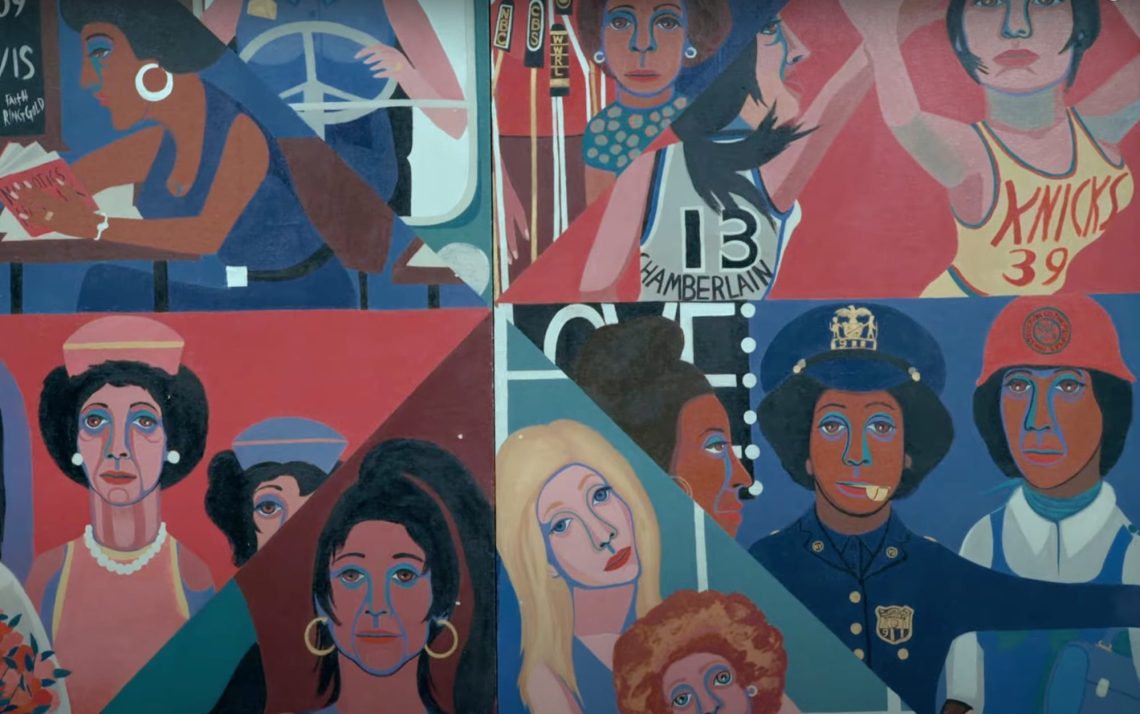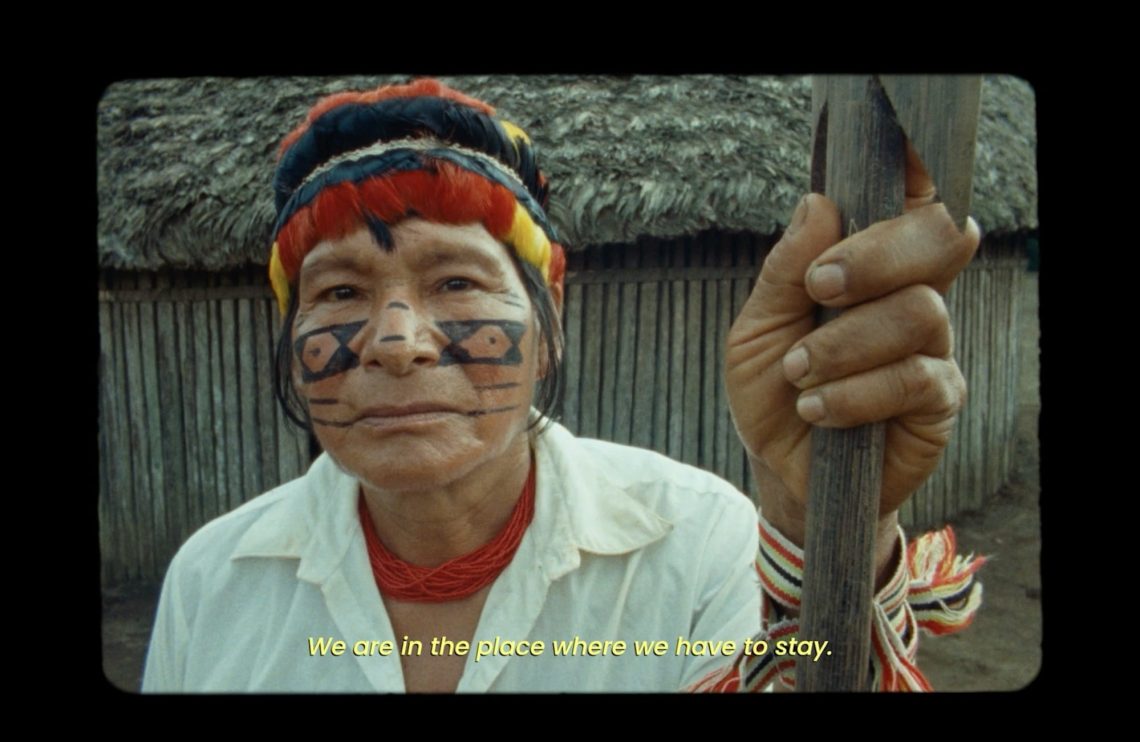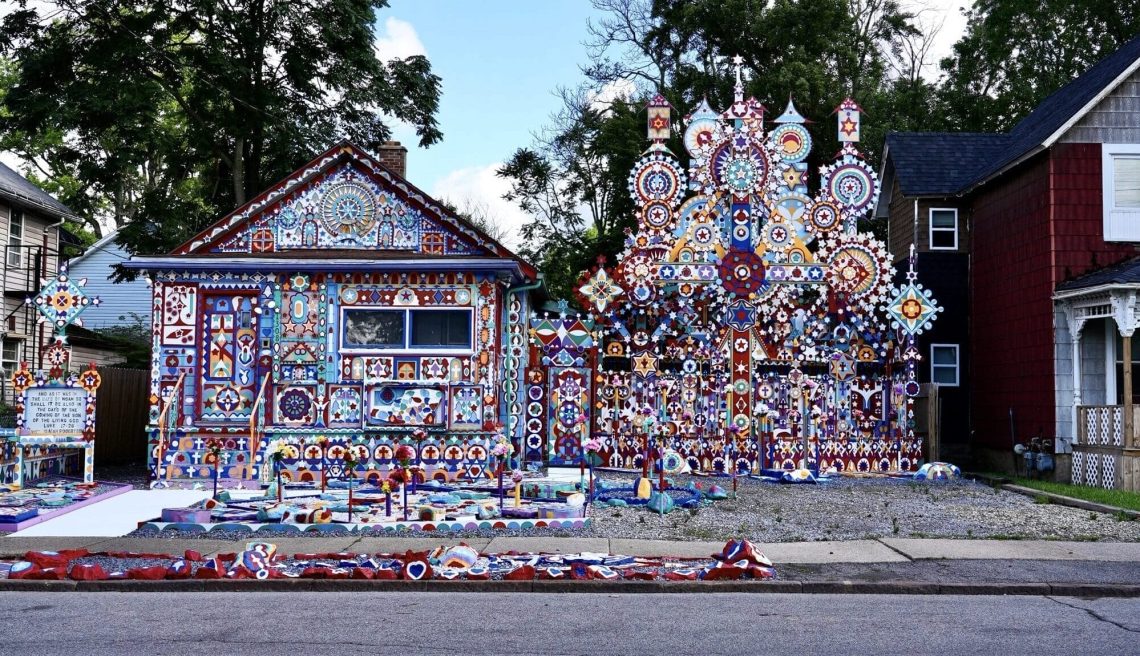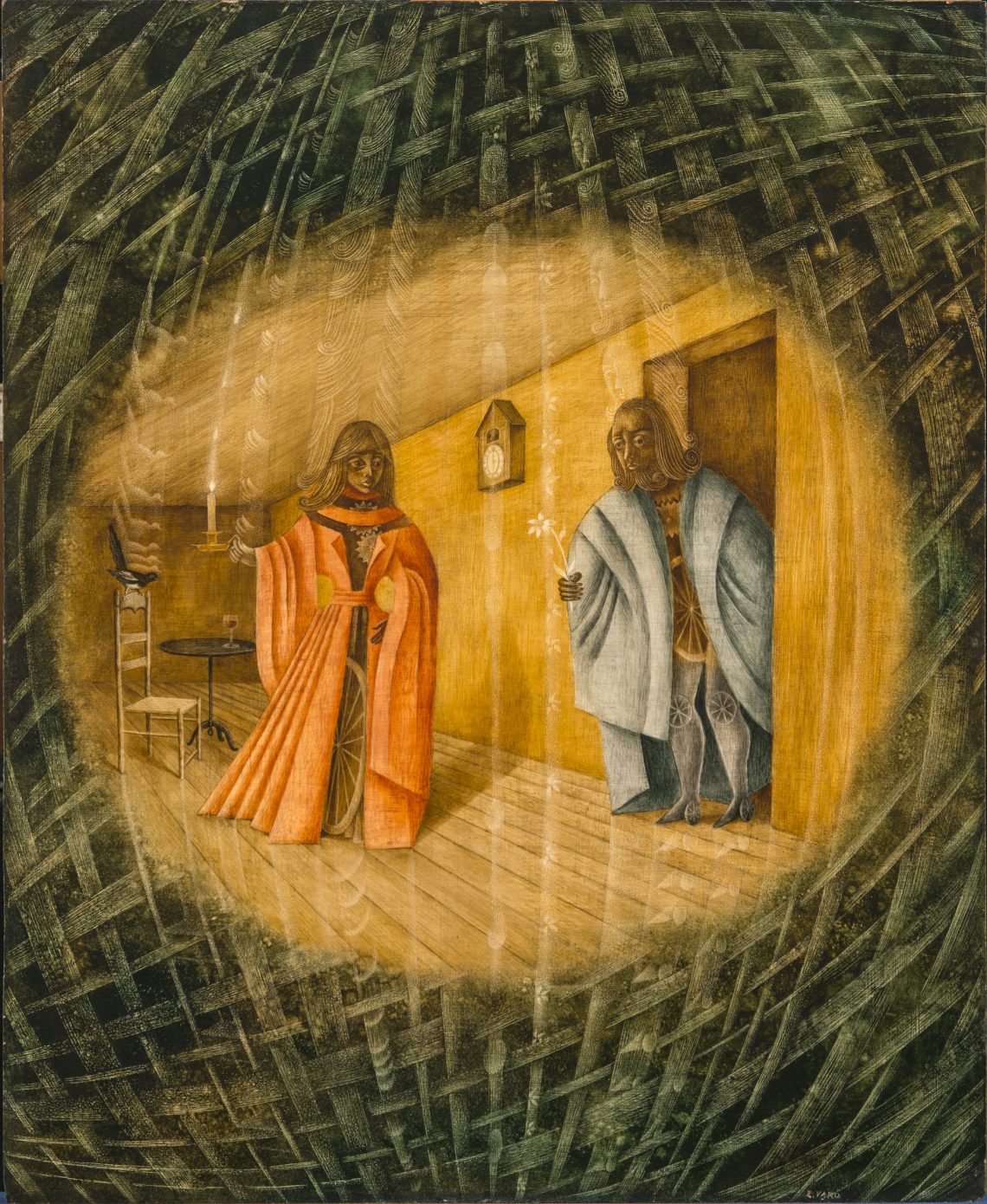In ‘Flying High,’ Tyler D. Ballon’s Portraits Parallel Sports, History, Identity, and Patriotism
In Édouard Manet’s painting “The Execution of Emperor Maximilian” — actually a series of works completed between 1867 and 1869 — a firing squad dramatically executes the Hapsburg royal and two generals. Maximilian became Emperor of Mexico at the urging of Napoleon III, following the second French intervention in the country between 1861 and 1867. For his forthcoming solo exhibition, Flying High at Jeffrey Deitch, New Jersey-based artist Tyler D. Ballon recreates the 19th-century painter’s work in a 16-foot-wide diptych titled “Right to Bear Arms/Second Amendment” that portrays two young Black men protecting three young Black women, who look directly at the viewer with dignity, in defiance of objectification. “Right…
Wayne Thiebaud’s Passion for Art History Shines in ‘Art Comes from Art’
If imitation is the sincerest form of flattery, Wayne Thiebaud (1920-2021) knew how to appropriate most ardently. The renowned artist once said, “It’s hard for me to think of artists who weren’t influential on me because I’m such a blatant thief.” Next month, a major retrospective highlights Thiebaud’s six-decade career, featuring around 60 quintessential works spanning a range of subject matter. From his celebrated still-lifes of dessert displays and prosaic household objects to portraits, cityscapes, and expansive natural vistas, Wayne Thiebaud: Art Comes from Art takes a deep dive into the artist’s engagement with art history. “Five Seated Figures” (1965 ), oil on canvas, 60 x 72 inches Thiebaud spent…
A New Documentary Traces How a Faith Ringgold Mural at Rikers Island Helped Women Break Free
In 1971, Faith Ringgold (1930-2024) received her first public art commission. New York City offered the late artist a $3,000 grant to paint a mural at the Women’s House of Detention on Rikers Island. After going inside and speaking with those incarcerated in the notorious prison, Ringgold decided to base the work around a request from one of the women about what she hoped the piece would depict: “I want to see a road leading out of here.” In Ringgold’s characteristically bold palette, the resulting mural features more than a dozen figures, many of whom are employed in professions unavailable to women at the time. Vibrant and sliced into eight sections,…
Deep in the Amazon Rainforest, ‘I Am the Nature’ Celebrates Indigenous Cultural Philosophy
Directed by Taliesin Black-Brown and narrated by Ramiro Vargas Chumpí Washikiat, “I Am the Nature” poetically plumbs the human interconnection with nature through the eyes of the Indigenous Achuar people. The short documentary honors the philosophy of a culture whose ancestral lands extend across the modern borders of Ecuador and Peru, deep in the Amazon rainforest. Today, Achuar still living in the rainforest continue to practice and preserve ancestral ways of life. In the early 20th century, the government granted oil concessions that allowed industry to systematically move closer to the Achuar homeland. Further expansion and development in the region increased dramatically in the 1960s, initiating contact between the Achuar…
Visit Dozens of Incredible Artist-Built Environments, Homes, and Studios Around the U.S.
Whether a self-taught artisan or a contemporary art titan, one can make artwork just about anywhere. As the saying goes, the only limit is your imagination. And when art and life intersect, sometimes the distinction between the two disappears. As the National Trust for Historic Preservation can tell you, homes and studios from rural Kansas to the hubbub of Manhattan have been the locus of eclectic, quirky, and innovative ideas that illustrate how creativity and daily existence are one and the same. Grandma Prisbrey’s Bottle Village, Simi Valley, California Last month, the NTHP added 19 new properties to its Historic Artists’ Homes and Studios program. Comprising locations that range from houses…
From Remedios Varo to Laurie Simmons, a New Exhibition Forwards a Feminist View of the Uncanny
In a 1906 essay, psychiatrist Ernst Jentsch coined the term “uncanny,” or unheimlich, meaning “unhomely” or “not home-like” in German. He defined the psychological phenomenon as the experience of something new or unknown that might initially be interpreted negatively. Austrian neurologist and founder of psychoanalysis Sigmund Freud popularized the word with the publication of his book The Uncanny in 1919, which elaborated on the idea as not just the sensation of the unknown but also something capable of bringing out hidden or repressed elements, going so far as to describe the uncanny as frightening. Mary Ellen Mark, “Tashara and Tanesha Reese, Twins Days Festival, Twinsburg, Ohio” (1998; printed later), gelatin…
